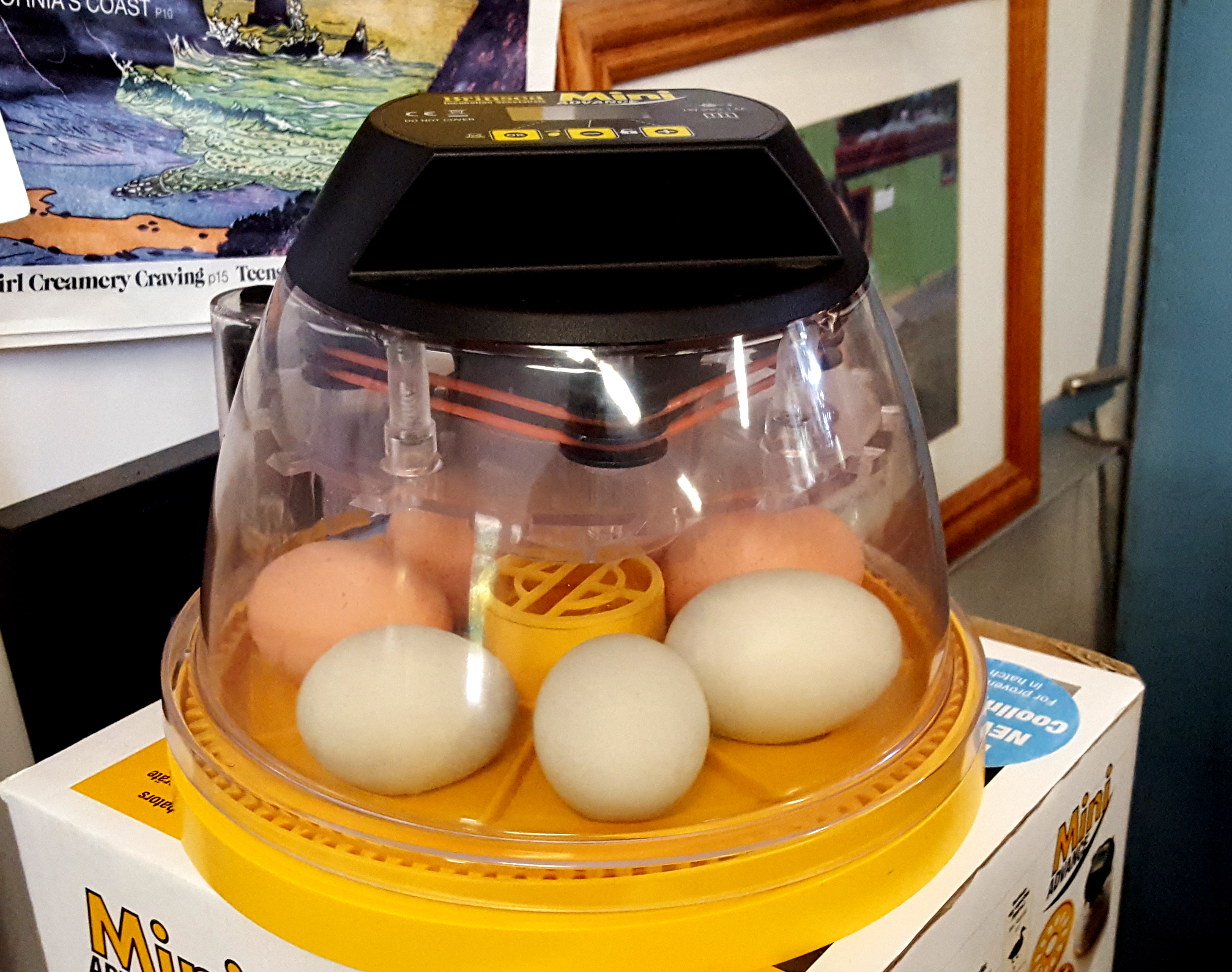
The wattage of the bulb will depend on the size of the container you are using, but a 40-watt bulb is sufficient for smaller containers. The heat needed to incubate eggs can come from a regular incandescent or LED light bulb. A cooler is an excellent choice because it has insulation properties and will help regulate the temperature.

The size of the container will depend on the number of eggs you are incubating, but a 50-quart container or larger is recommended. The first thing you need is a plastic container or cooler to house your eggs. Here are ten essential materials for building a homemade incubator: 1. Although the materials needed may vary depending on the size of your incubator and the number of eggs you intend to hatch, some essential materials remain the same. Essential Materials for a Homemade Incubatorīefore you begin building your homemade incubator, you must gather all the necessary materials. With the right materials and a little patience, you can successfully hatch your own chicks at home.

In conclusion, making a homemade incubator can be a fun and rewarding project, as well as a cost-effective way to hatch eggs. Keep an eye on the incubator and be patient – it can take up to a few days for all the eggs to hatch. Wait for HatchingĪfter about 21 days (or the appropriate incubation period for your particular eggs), the chicks should start hatching. Hold a light behind each egg to see if there is a developing embryo inside. Candling the EggsĪfter a week or so, you can start candling the eggs to check if they are developing properly. Make adjustments as needed to keep the environment stable.

It’s important to monitor the temperature and humidity inside the incubator regularly. Monitor Temperature and Humidity Regularly Place them gently inside the incubator and make sure they are all positioned correctly. Once the incubator has reached the desired temperature (around 99.5☏ for chicken eggs), it’s time to add the eggs. Once everything is set up, turn on the heating element and let the incubator heat up for at least a few hours before adding eggs. The water will help regulate humidity levels. Fill a small bowl or tray with water and place it inside the box. To create the right environment for eggs to hatch, you’ll need to add water to the incubator. Place the thermometer and hygrometer inside the box and make sure they are working properly. It’s important to monitor the temperature and humidity inside your homemade incubator. If you are using a heating pad, place it inside the box and plug it in. If you are using a light bulb, screw it into a socket and place it inside the box.
#Makeshift incubator for eggs install
Now it’s time to install the heating element. If you are using a cardboard box, make sure it is lined with plastic and insulated from the inside. If you are using a Styrofoam cooler, cut a small hole in the top for the heating element. Once you have gathered all materials, you need to prepare your insulated box. – A small bowl or tray (to hold water for humidity) Prepare the Insulated Box – A heating element (a light bulb or heating pad) – An insulated box (a Styrofoam cooler or cardboard box works great)
#Makeshift incubator for eggs how to
Roll with it: How to Make Delicious Spring Rolls with Rice Paper With this essential information, we will walk you through step by step on how to create your very own homemade incubator. Ventilation is important to ensure oxygen supply for the developing chicks. The temperature inside the incubator should be around 99.5-100.5 degrees Fahrenheit, and humidity should be around 50-55% during the first eighteen days and then increased to 65% for the last few days before hatching. It should maintain a consistent temperature, humidity level, and ventilation. An incubator is essentially a container that provides a controlled environment for eggs to hatch. In this article, we will show you how to make a homemade incubator that is easy, inexpensive, and fun.īefore we get started, it’s important to understand the basic components of an incubator. With just a bit of effort and the right materials, you can create your own affordable incubator. That’s where a homemade incubator can come in handy. However, buying an incubator can be expensive, and not everyone wants to spend hundreds of dollars to hatch a few eggs.

Have you ever thought about hatching your own chicks at home? It’s a fascinating experience that not only provides you with new poultry but can be rewarding too.


 0 kommentar(er)
0 kommentar(er)
